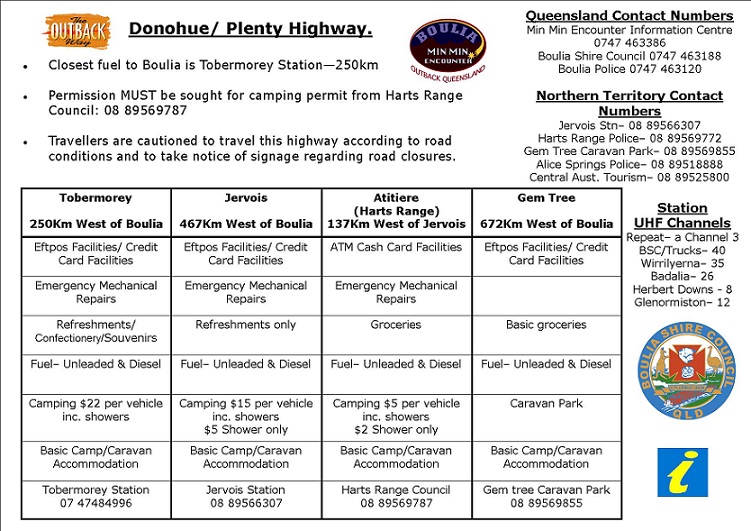Safety Tips

VISITING THIS AREA MAY REQUIRE THE USE OF FOUR WHEEL DRIVING TECHNIQUES!
Reduced tyre pressure may be a useful recovery technique, particularly in areas of extremely soft sand or where you might otherwise become bogged. In these situations reducing tyre pressure increases the tyre footprint and can improve traction and reduce damage to the driving surface.
If you choose to deflate your tyres, you should:
- be guided by your tyre manufacturer's recommendations and consider the weight and loading of your vehicle
- reduce your speed and avoid sudden or sharp changes in direction
- reinflate your tyres immediately as conditions improve (clearing a problem area of soft sand) and drive to the prevailing conditions (eg. weather, driving surfaces, other users)
While reducing tyre pressure may be a useful recovery technique, soft sand can be dangerous. Reduced tyre pressure can lead to overheating of the tyre and can increase the chance of a puncture or peeling from the rim.
The above tyre information is for driving on sandy surfaces only and not for gravel roads in the Boulia Shire.
Another good thing to remember is always carry spare fuel, extra water and 2 spare tyres. Advise someone of your travels when driving in the remote sections of the Outback, you can even leave word with the local Police as you travel through the different towns. Always stay with your vehicle if you break down.

Above: A guide for the Donohue/Plenty Highway to the Queensland/Northern Territory border showing fuel stops. This flyer is available at the Visitor Information Centre.
Outback Highway information is also available at the Visitor Information Centre (this is the highway which crosses the middle of the country from Cairns in Queensland to Laverton in Western Australia).


